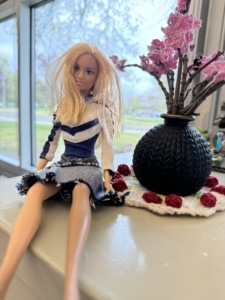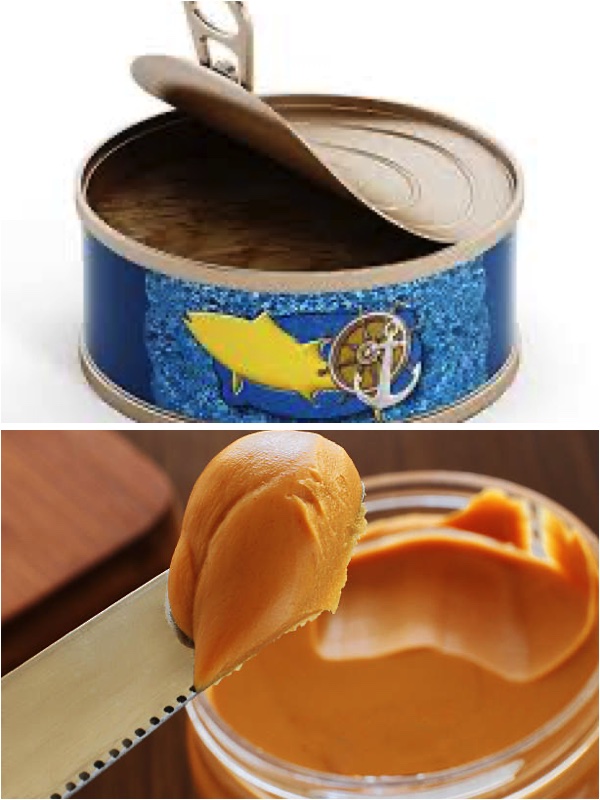February 15, 2010. Earlier morning. I’m sitting at my desk in my classroom with my principal, Plato. It’s our shared birthday. We’re talking about celebrating together later that night with our traditional birthday dinner when my students begin to arrive.
A student named Fely walks over to my desk, says, “Happy birthday,” and tosses a Barbie doll on my desk.
“For me?” I ask.
“Yup,” she says and smiles.
I look at the Barbie. It’s not new. It looks more than used. Kind of gross. Dirty and tattered. “Where’d you get this?” I ask.
“The dumpster,” she says and laughs.
“Yuck!” I pick it up and turn to throw it away when Plato grabs my arm and says, “No…” Then he takes the Barbie doll from me and places it on the bookshelf behind my desk. Then he positions the doll so she’s looking down on me. “She needs to stay here,” he says. “Watching you for the rest of your teaching career as a reminder of Fely and this moment.”
That was fourteen years ago.
That Barbie doll still sits atop my bookshelf today. I see her every day, and when I do, I think about Plato, who retired a decade ago, and Fely, who visited my classroom two years ago as a college student and cried when she saw that the Barbie doll was still watching over me.
I tell this story to my students every year as a means of explaining the Barbie doll and making them laugh. But I mostly tell the story to remind my students that they, too, can contribute to the collective story of our classroom and the people who once occupied it.
That is culture.
Artifacts and stories and the names of the people who came before. We honor the past to let the people in the present know that they, too, are part of a story and will be remembered.![]()
That they are a valued member of a much larger community.
I have dozens of artifacts in my classroom, like the Barbie doll—items attached to stories about students and staff who did brilliant, hilarious, noble, and creative things that are still being spoken about years after they have moved on.
That is culture. Whether it’s a classroom, a workplace, or your home, this is one of the ways we build it:
Artifacts that trigger stories. Items that contain memories.
It doesn’t need to be much. A simple Barbie doll, recovered from a dumpster as a gag gift, is more than enough.










